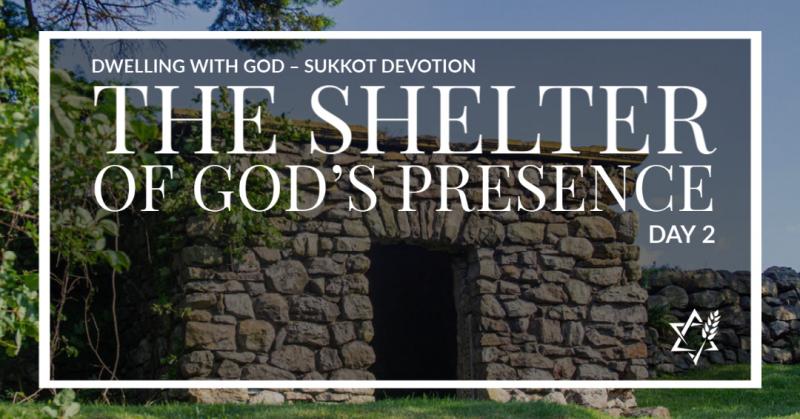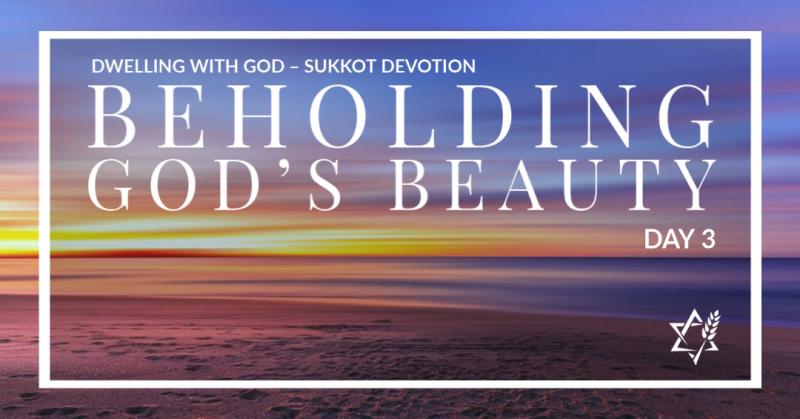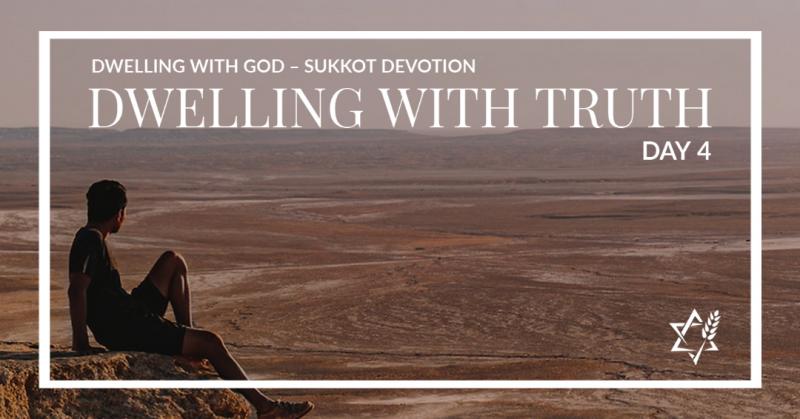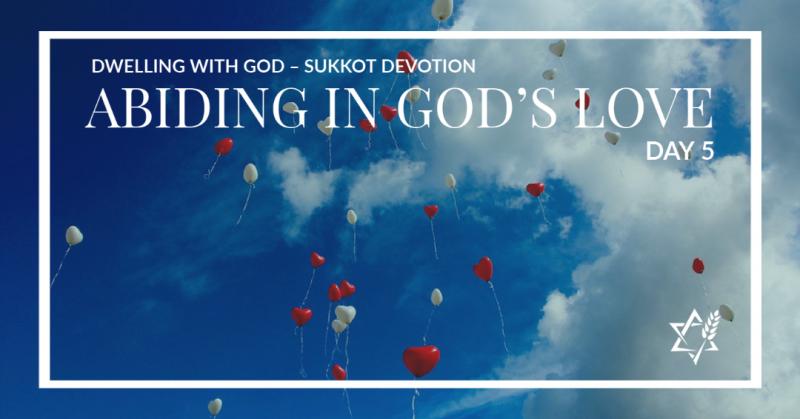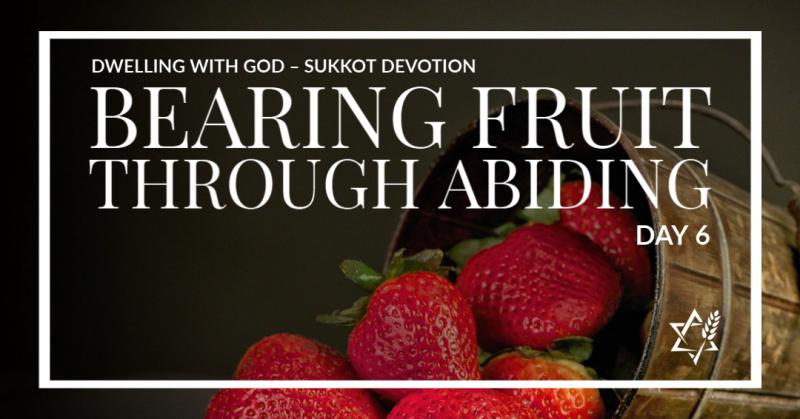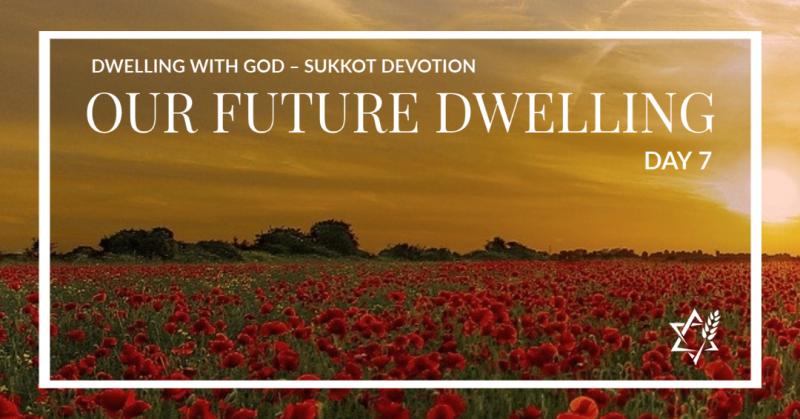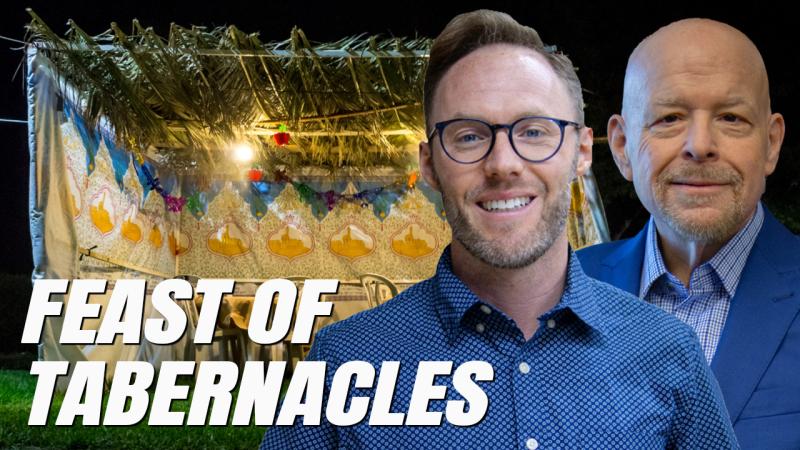Sukkot
Feast of Tabernacles
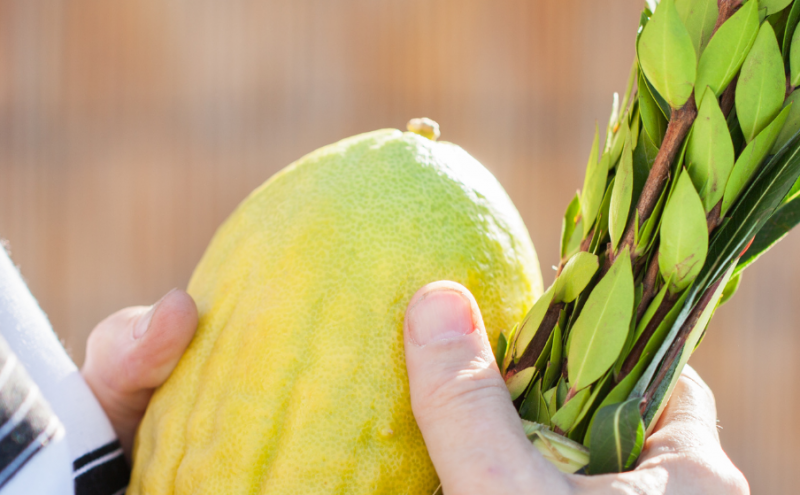
Description
Sukkot is a seven-day holiday commemorating God’s provision for the Israelites as they journeyed through the wilderness.
Date
Begins at sunset October 6, 2025
Ends at sunset October 13, 2025
About Sukkot
Daily Devotionals
Sukkot: Booths, Ingathering and Joy
Sukkot is a seven-day feast commanded by God in Leviticus chapter 23. The Hebrew word sukkot and the word “tabernacles” both mean “booths.” So, the holiday is also known as the Feast of Booths and the Feast of Tabernacles. Because Sukkot is also a harvest festival, it is sometimes called the Feast of Ingathering. Sukkot is the only moad or “appointed time,” in which God commands His people to rejoice and celebrate. Therefore, the week-long feast is also called The Season of Our Joy
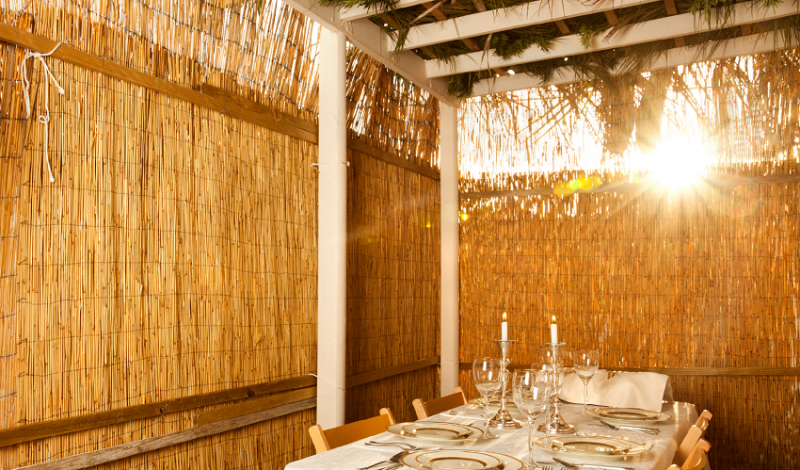
Sukkot: The Feast of Booths
God instructed Israel to abstain from work and meet together in a holy assembly on the first day of Sukkot. On each of the seven days, the Jewish people were to bring various sacrifices and offerings as well as celebrate with the waving of branches from four species of plants. One of the most interesting aspects of Sukkot is God’s command to live in temporary shelters for the week.
During Sukkot, God instructs Jewish families to leave the comfort of our homes and live in booths “so that your generations may know that I had the sons of Bnei-Yisrael to dwell in sukkot when I brought them out of the land of Egypt” (Leviticus 23:43).
Rabbinic tradition says that a sukkah can be three-sided with walls constructed of any material. The roof, however, must be made with organic matter, such as leafy branches. The booths of Sukkot (plural for sukkah) provide a tangible reminder of how our Jewish ancestors lived in the wilderness. Through the loosely woven roof, one can look up and see the night sky, remembering God’s promise to make Abraham’s descendants as numerous as the stars.
These booths also remind us of how God took care of the Israelites during our years of wandering. He fed us with manna from heaven, gave us sweet water from a rock and kept our shoes and clothing from wearing out for 40 years.
Today, Jewish people around the world build sukkot in their backyards or on balconies, taking their evening meals, relaxing, entertaining guests, and even sleeping there. Sukkot are often decorated by hanging fresh fruit from the ceiling as a symbol of God’s provision and care.
During synagogue services, special ceremonies and prayers are performed including waving a lulav bouquet, a gathering of leafy branches made from the four specific species outlined in Leviticus 23:40. The grouping includes a citrus-like fruit called the etrog, lulav (palm branches), willows (called aravot) and myrtle.
Sukkot: The Feast of Ingathering
As a harvest festival, Sukkot is also called the Feast of Ingathering and celebrates God’s provision in the present. It is one of three biblical feasts in which each physically-able Jewish male was to go to Jerusalem and present a harvest offering at the Temple. Bringing the first of one’s harvest displayed trust that God would provide enough to last through the season until the next reaping.
Sukkot: The Season of Our Joy
Sukkot is filled with reasons to rejoice. We remember God’s sustaining power toward the Israelites in the desert. We rejoice in His faithfulness to keep His promises. And we thank Him for His bountiful provision today. Still, there are more reasons for joy at Sukkot.
Sukkot also celebrates God’s presence with us. In the wilderness, the Israelites dwelled in tents. So too did God’s presence – in the Holy of Holies of the Tabernacle, and later in the First and Second Temples. God told Moses, “My presence will go with you, and I will give you rest” (Exodus 33:14). Moses, vividly aware of this precious and critical gift, replied, “If Your presence does not go with me, don’t let us go up from here!” (Exodus 33:15).
Additionally, each of the Lord’s feasts contains a foreshadow of prophecies of the Messiah. The prophetic pictures in the Spring feasts have been fulfilled by Yeshua’s first coming, and the Fall feasts will reveal their completion with His future return. Sukkot will see its fulfillment when God gathers the elect from all over the world into His kingdom to dwell with Him forever. (See Matthew 24:31 and Revelation 21:1, 3).
Get the Sukkot
Infographic
Have you ever wanted to learn more about Sukkot and the other Fall Feasts? Jewish Voice Ministries has put together this informative infographic where you can discover the fascinating history and meaning of the holidays.











